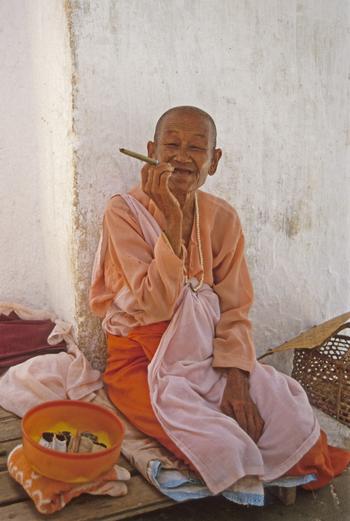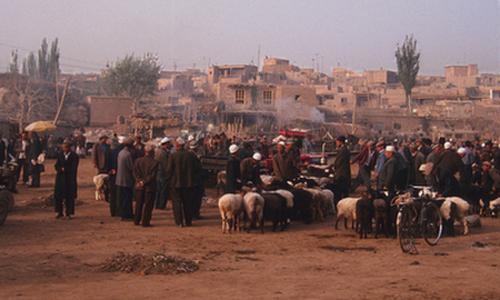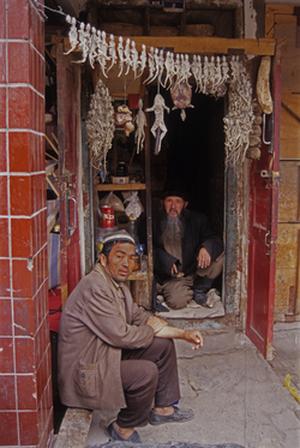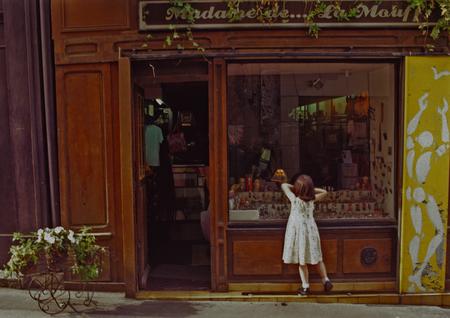For the Writer: Travel Open

Reviewing my travel journals for excerpts in this site reminded me of facts I had long ago forgotten. Like the fact that Moroccans have a unique way of holding their hands when clapping, or the way my Mauritanian guide, Akbar, poured his mint tea by holding his red teapot at least three feet above the small juice glasses we drank from, or the way the Rajasthani women regarded my small gold earrings as symbols of an ancient royal family. Alone, these aren’t particularly earth-shattering bits of information, but in a story they provide unique bits of authenticity about a country that help establish a place for others.
To me these are the small bits of place – I call them the gifts – you can only gain by travelling. So how do you go about gaining these insights?
My basic philosophy is to travel open.
This speaks to being willing to be where you are:
1. Coming from our fast-paced culture it can be easy to set a schedule that keeps you moving on to new places all the time, rather than taking the time to get to know a place. When I traveled in India, for the first month I hired a car and driver to help get me to all the spread out places I wanted to go. They expected me to spend a day in each location. Instead I spent the time traveling around the state of Rajasthan, and only that, when the company I had hired the driver from had advised that the one-month period allowed most tourists to visit Rajasthan, Uttar Pradesh and one other state.
But the way I traveled I was able to spend two evenings as the sun went down, with a hotel owner and his friends as they played evening ragas (songs to the time of the day) on sitar and tabla on the rooftop terrace overlooking the lake of Udaipur. I was able to meet an Indian woman in an old fortress town and be invited home for dinner with her family. I was able to sit beside the pool at the golden temple of Amritsar and chat with young Punjabi women. On other trips I was able to stay an extra day and walk the long, pristine beaches of Zanzibar. Or decide at the last moment NOT to go to Beijing, but to return to the Tibetan highlands of Lamusa instead.
2. Traveling open also means not being consumed with your own needs all the time, and not being afraid. Some of the ugliest travelers I’ve seen are the people who won’t take the time to adhere to local customs. Like the tourists who won’t remove their shoes at a temple door. Or the tourist who complains vociferously about the native food not being like it is at home. Note to tourist: YOU ARE IN ANOTHER COUNTRY, HERE!
I once had a lovely Indian guesthouse hostess practically cry with pleasure when I said I would love to eat whatever her family was having. I was invited for dinner every night and had some of the best food I ate in India. She even took me into her kitchen and showed me her spices. As a result of being open to things like this I’ve been invited into Tibetan tents, and taught how to make chapti. I’ve sipped tea with retired Ministers of Culture who were trying to preserve their country’s ancient arts, and I’ve had a man in an empty Cairo street turn and give me flowers in welcome when my first inclination was to be afraid. All of this when I rarely spoke the language.
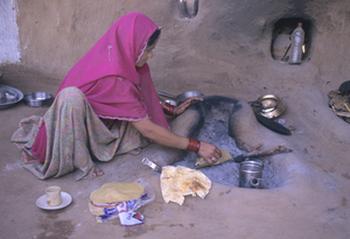
Traveling open means being willing to put aside your own schedule to take advantage of the many gifts along the way. Like the young woman at Burma’s Schwedigon Pagoda who told me her sad life tale that inspired a short story of mine.
Most of all, traveling open means traveling with a smile. That, and a writing notebook or computer, are the most important things you can pack when you travel. One gets you the memories and one helps you keep them. These are the gifts that fuel my writing.
